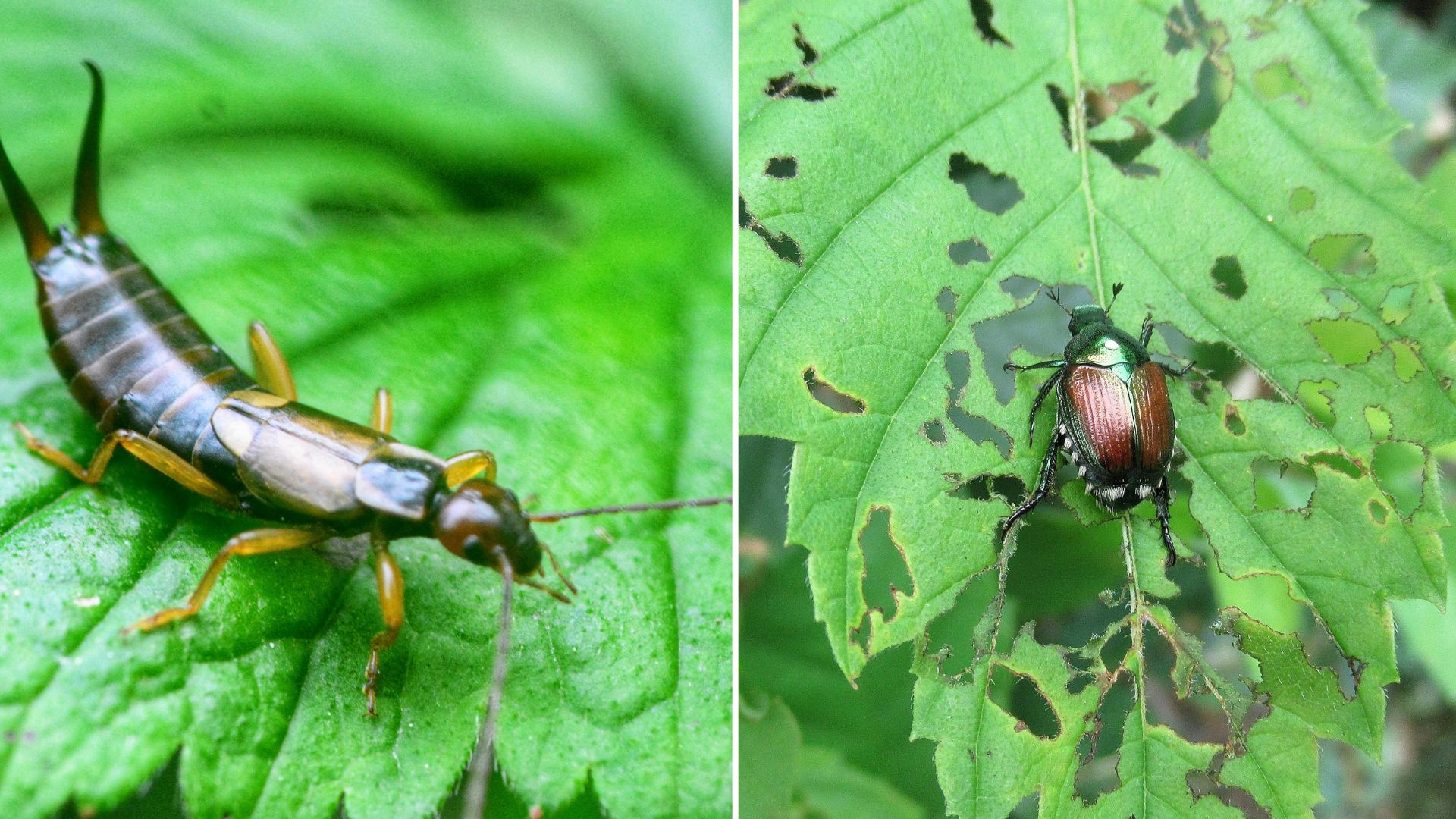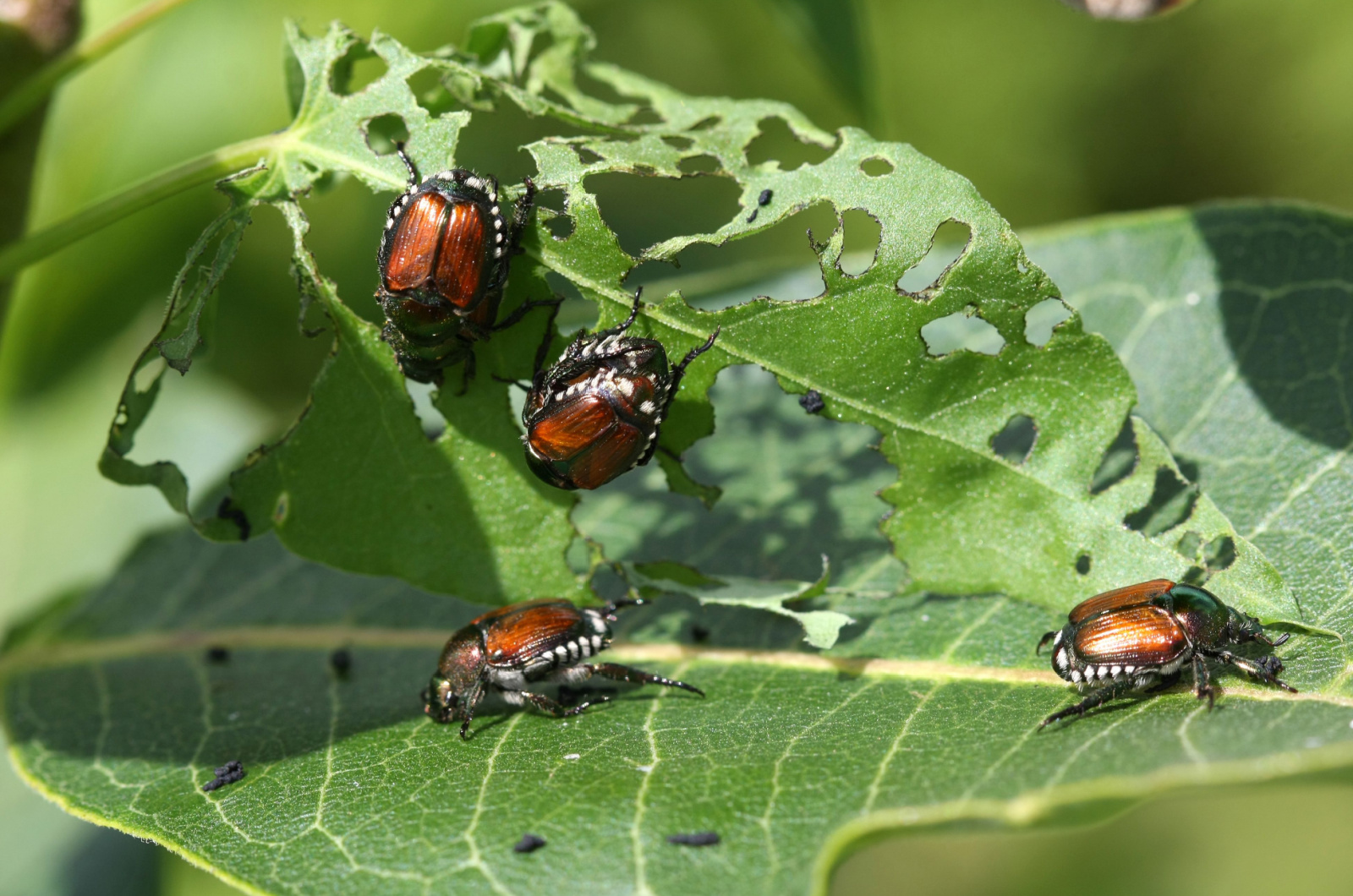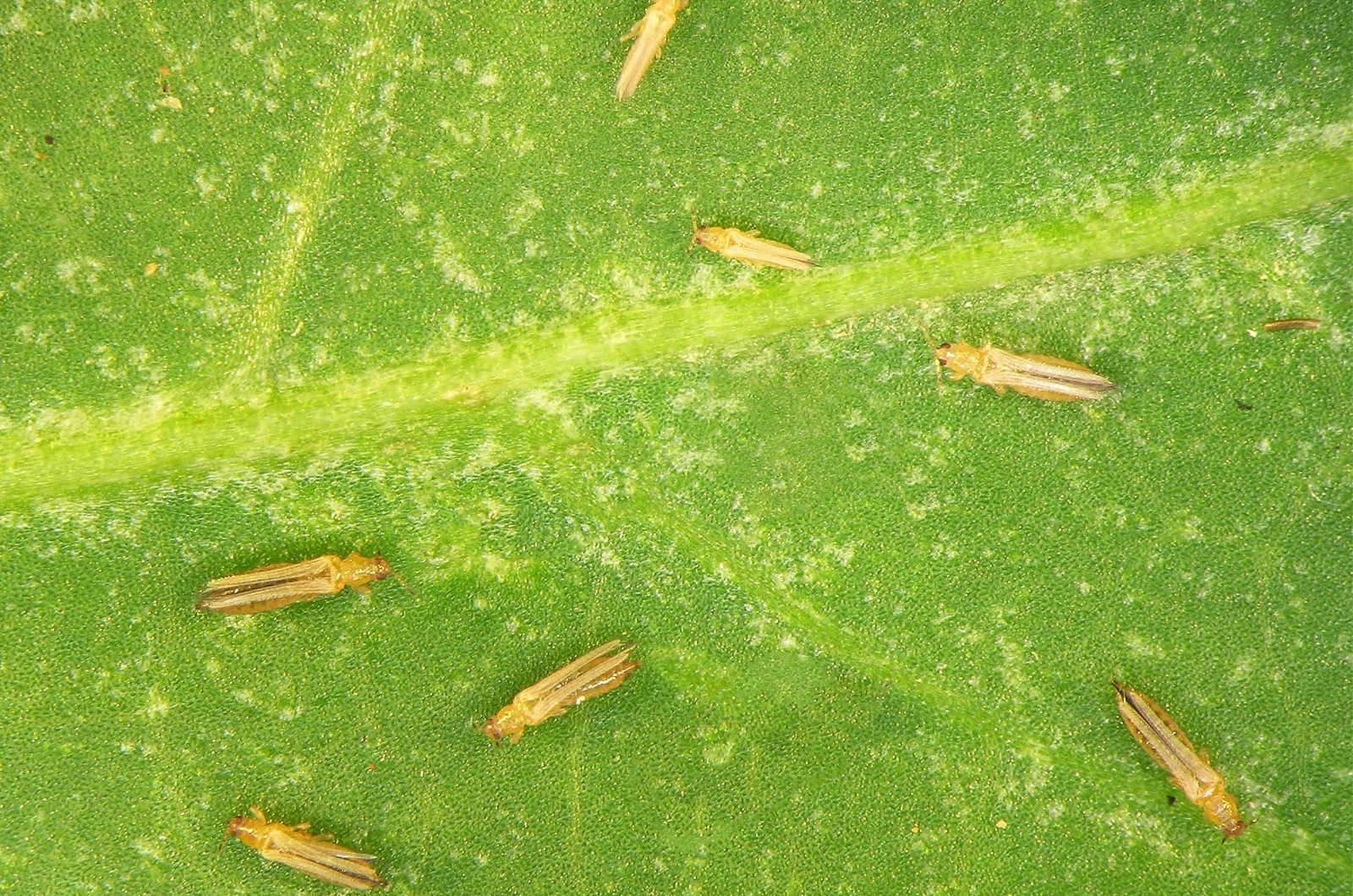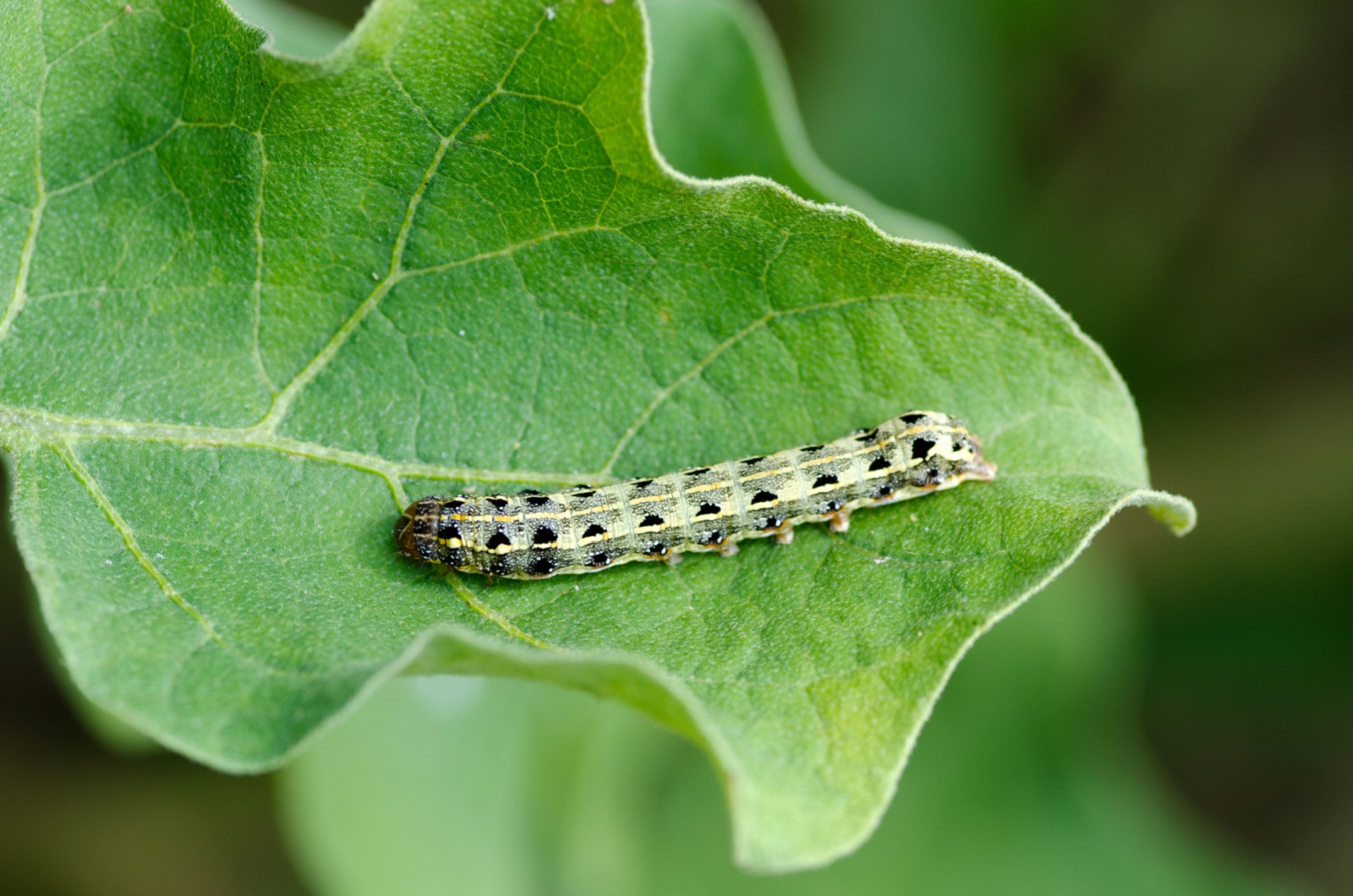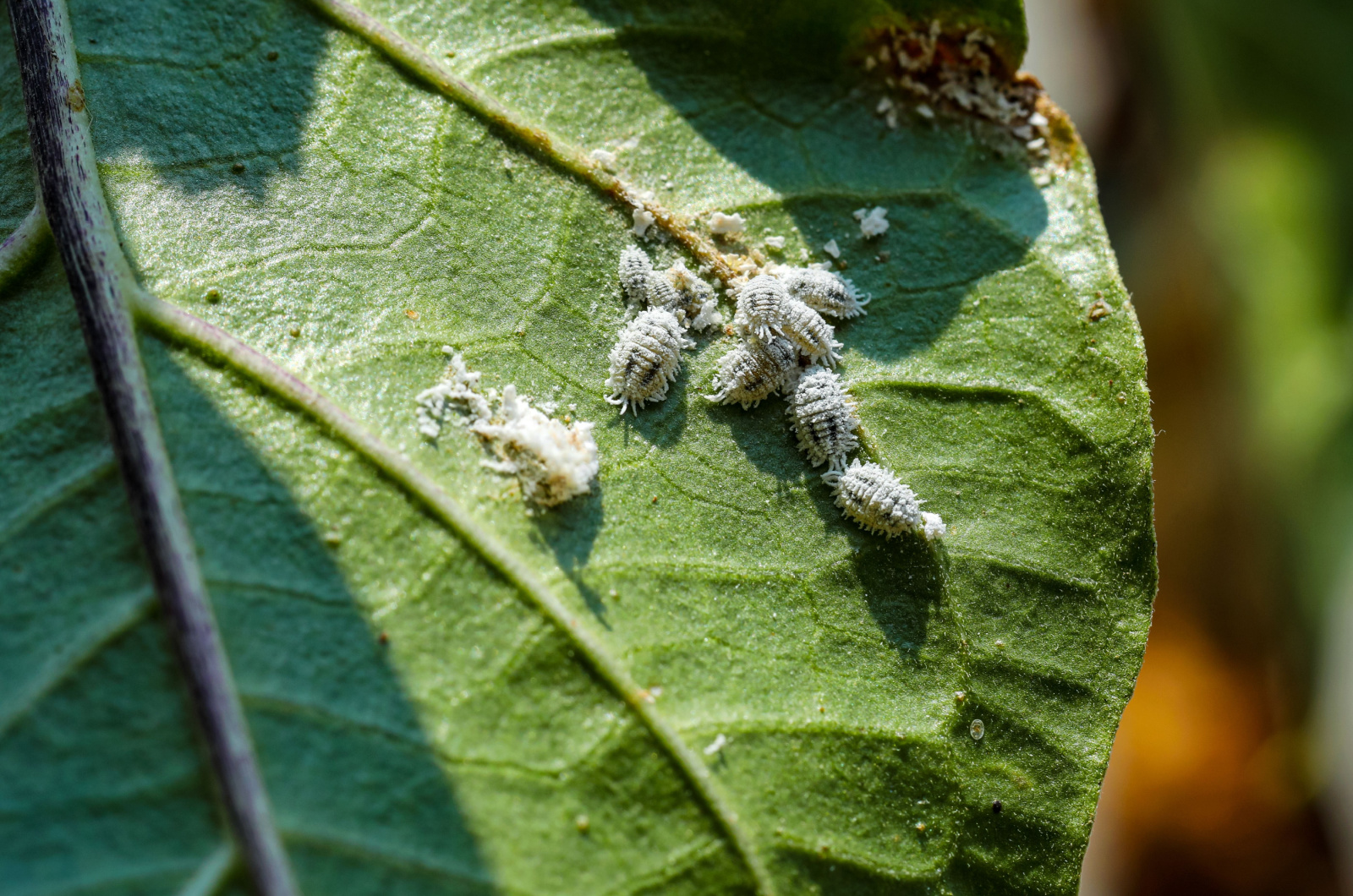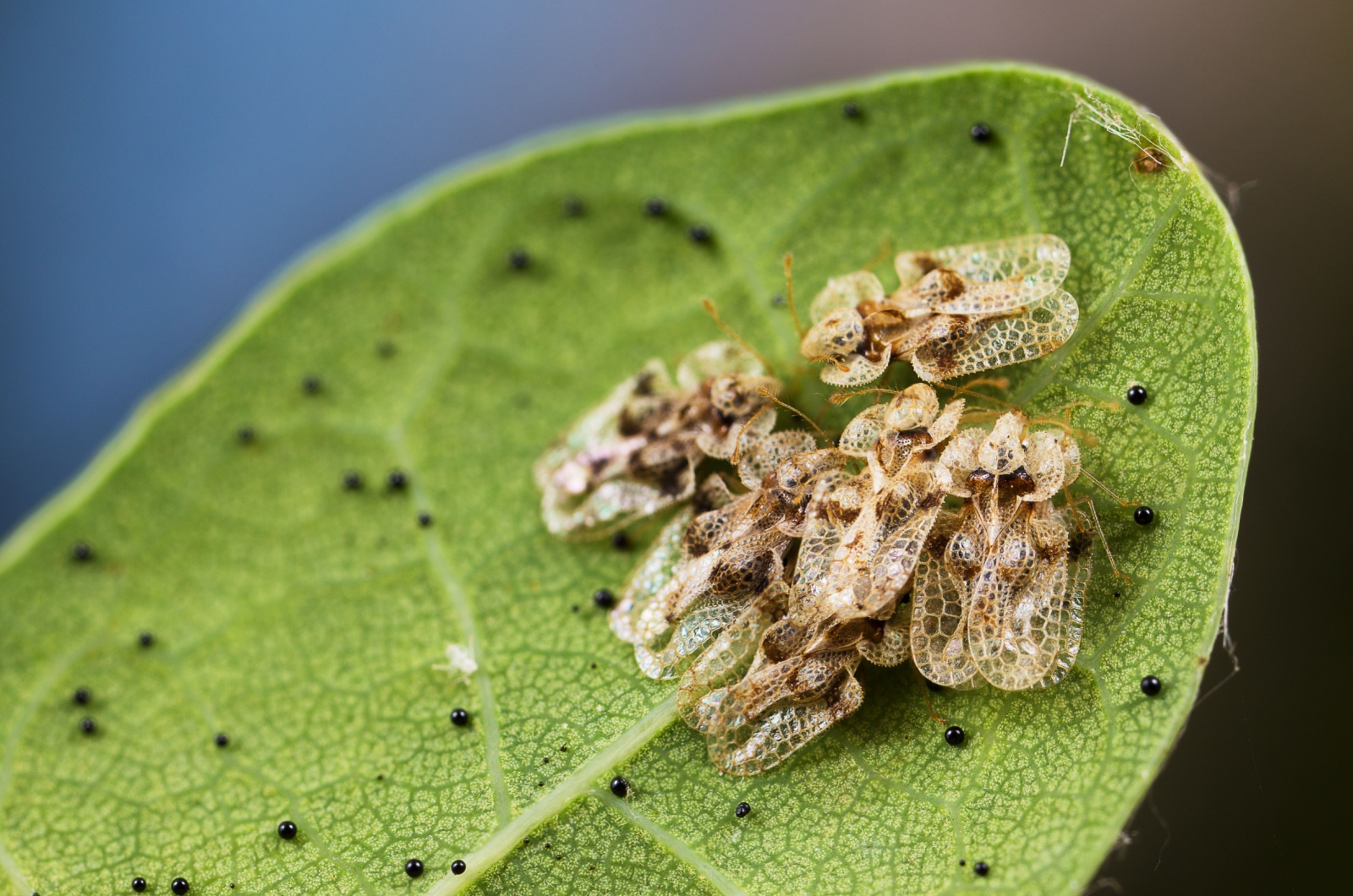Pests and bugs are every gardener’s nightmare. One day, your plants might look healthy and happy, and the next they can be wilting and dying – all thanks to bugs that you can hardly see with your own eyes.
Different types of pests might invade your garden, especially if your plants are already not that strong and healthy.
These can create havoc in your garden and lead your plants up to the point where they can no longer be saved, which is why it is important to act quickly and efficiently. First, you have to identify the pest and provide a solution accordingly.
In this article, we are going to talk about common garden pests and how to identify and deal with them. Stay tuned!
Earwigs
How to identify them: Slender insects with elongated bodies that are usually about 1 inch long. Typically brown or black in color. They have pincers or forceps at the rear.
Common symptoms on the plant: Earwigs may damage the foliage and flowers of various plants. You might notice irregular holes or chewed edges on leaves, as well as damaged petals on flowers.
How to get rid of them: Water with dish soap or rubbing alcohol can be useful, but you can also set up traps such as rolled-up newspapers or damp pieces of cardboard, where they will hide during the day.
If you have severe issues with earwigs, then you should check out: 7 Best Ways To Get Rid Of Earwigs And Keep Them At Bay
Japanese Beetles
How to identify them: They are shiny, metallic green insects with bronze wings and small white spots on their bodies.
Common symptoms on the plant: These beetles feed on the foliage of plants, creating a skeletonized appearance with only veins remaining. Leaves may turn brown and die.
How to get rid of them: Japanese beetles can be controlled using traps, insecticides, or hand-picking them off plants. Neem oil and pyrethrin-based insecticides are often effective. You can also use soapy water.
If you are into DIY pesticides, then click here: Rid Your Garden Of Japanese Beetles With This Magic Mixture
Aphids
How to identify them: These are tiny, soft-bodied insects that come in various colors, including green, yellow, and black. They leave a sticky honeydew on the plant, which can be useful for identification.
Common symptoms on the plant: Aphids cluster on the undersides of leaves and feed by sucking plant sap. Leaves may curl, turn yellow, and become sticky due to honeydew secretions. You might also notice sooty mold growth on the honeydew.
How to get rid of them: You can use natural predators like ladybugs or lacewings. You can also use a strong stream of water to get rid of aphids if the infestation is not too severe. Otherwise, use neem oil or insecticidal soap. You can also use epsom salt.
Here’s how to use epsom salt to deter aphids from your garden.
Thrips
How to identify them: Thrips are tiny insects with wings that are usually less than ⅛ inch long. They come in different colors, including yellow, black, and brown.
Common symptoms on the plant: Thrips feed on plant leaves, flowers, and fruits by puncturing the surface and sucking out the nutrients. This feeding can cause stippling, silvering, or malformation of leaves. Affected flowers may have brown spots.
How to get rid of them: Use neem oil or sticky traps to control a thrips infestation. You can also introduce predatory mites or ladybugs to reduce their population.
Cutworms
How to identify them: Cutworms are caterpillar-like larvae of certain moth species. They are soft-bodied and come in various colors, often gray or brown, with stripes or spots. They usually curl up in a “C” shape on the leaves.
Common symptoms on the plant: Cutworms hide in the soil during the day and emerge at night to feed on the stems of young plants. You may find seedlings severed at the base or partially eaten.
How to get rid of them: Hand pick them and protect young plants by using cutworm collars or barriers. Nematodes and parasitic wasps can also be used to manage their population. Getting rid of weeds can reduce the spots where larvae would otherwise flourish.
You might also be interested in: 7 Signs Of Grubs In Lawn With Helpful Tips To Remove Them
Mealybugs
How to identify them: These are also small, soft-bodied insects that typically range from 1/10 to ¼ of an inch long. They have a segmented, oval shape and are often covered in a white, waxy, cotton-like substance that gives them a fuzzy appearance.
Common symptoms on the plant: Mealybugs feed on plant sap and excrete honeydew which leads to mold on leaves. Infested leaves may also yellow and curl, and the overall plant health may decline.
How to get rid of them: Prune and discard heavily infested plant parts. Use a soft brush or cotton swab dipped in rubbing alcohol to manually remove mealybugs from the plant. Use insecticidal soap or neem oil, or you can also introduce predatory insects like ladybugs.
Lace Bugs
How to identify them: Lace bugs are small insects with lace-like wings and intricate patterns. They are often less than 1/4 inch long and can be black, brown, or pale in color.
Common symptoms on the plant: Lace bugs feed on the undersides of leaves, causing whitening of the upper leaf surface. Damaged leaves may turn yellow and drop prematurely.
How to get rid of them: Lace bugs can be controlled with regular pruning of infested leaves, applying insecticidal soap or neem oil to affected areas, and maintaining a healthy garden to reduce stress on plants. If the infestation isn’t too severe, you can spray them with water to wash them off.
Also read: Watch Out For These 15 Common Garden Pests!

